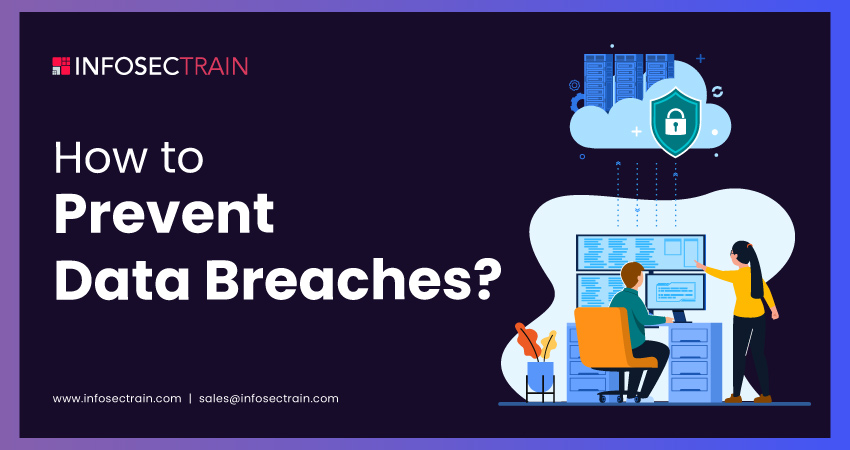How to Prevent Data Breaches?
Establishing a comprehensive security architecture, including robust access controls, frequent updates, employee training, encryption, network security, incident response plans, and other preventive measures, significantly lowers organizations’ data breach risk. In addition to protecting sensitive information, taking a proactive approach to data protection will increase customer confidence and safeguard your company’s reputation in the digital era.

Table of Contents
What is a Data Breach?
What Kind of Effects Might a Breach Have?
Data Breach Prevention Solutions
What is a Data Breach?
A data breach is when unauthorized individuals access sensitive or confidential information without proper authorization. This can occur through various means, such as hacking, phishing attacks, malware infiltration, physical theft of devices, or human error.
What Kind of Effects Might a Breach Have?
1. Financial Loss: Data breaches could result in significant financial damages for organizations. This includes costs for investigating the breach, implementing security upgrades, notifying those impacted, offering credit monitoring services, potential legal settlements, and damage to the organization’s image, resulting in a loss of clients and revenue.
2. Operational Disruption: A data breach disrupting normal business operations and causing downtime may require organizations to allocate significant resources for investigation and containment. This, in turn, decreases productivity and efficiency. Additionally, efforts to restore systems, rebuild trust, and enhance security measures can divert attention and resources from core business activities.
3. Intellectual Property Theft: Data breaches can result in the theft of intellectual property, trade secrets, or proprietary information. This may have far-reaching effects, such as weakened corporate plans, harm to R&D initiatives, and loss of competitive edge.
4. Damage to Reputation: A data breach may severely damage a company’s reputation and reduce the trust of its stakeholders, partners, and clients. Regaining client confidence can be difficult because of the negative media attention and scrutiny that might follow a breach.
5. Lawsuit and Legal Liability: Those who have experienced a data breach, including individuals and commercial entities, may file a lawsuit against the offending company. This may lead to expensive legal disputes, agreements, and potential liabilities for negligence or inadequate data protection.
Data Breach Prevention Solutions
1. Comprehensive Security Software Suite: A comprehensive security software suite should include antivirus, anti-malware, and firewall protection. Ensure the software is updated frequently to identify and stop known risks and use cutting-edge threat detection technologies to spot emerging threats.
2. Access Control and User Authentication: Implement strict access restrictions and user authentication procedures. Use multi-factor authentication (MFA), such as token-based systems or biometrics, to add an extra layer of protection. Take advantage of role-based access control (RBAC) to ensure that users only have access to the information and platforms required for their responsibilities.
3. Encryption: Secure sensitive data in transit and data at rest by employing robust encryption mechanisms. Utilize encryption solutions for databases, storage devices, emails, and network communications to ensure that even if data is compromised, it remains inaccessible to unauthorized users.
4. Network Security Measures: Enforce strong network security measures, incorporating firewalls, intrusion detection systems, and intrusion prevention systems. Utilize network segmentation to isolate sensitive data, restricting access to authorized individuals. Employ virtual private networks to secure remote connections.
5. Data Loss Prevention Solutions: Effectively monitor and control the movement of sensitive data by implementing data loss prevention solutions. DLP tools can identify and prevent unauthorized data transfers through email, USB drives, or cloud services. They help enforce data handling policies and mitigate the risk of data breaches.
About InfosecTrain
The General Data Protection Regulation (GDPR) training course from InfosecTrain aids people and organizations in understanding the regulation by offering thorough instruction on its essential ideas, principles, and requirements. A few topics covered in the course include compliance standards, data breaches, data subjects’ rights, and data protection principles. Through this program, participants will acquire the practical information and skills they need to apply the GDPR within their organizations, including the policies, procedures, and best practices for data protection and regulatory compliance.







 1800-843-7890 (India)
1800-843-7890 (India)